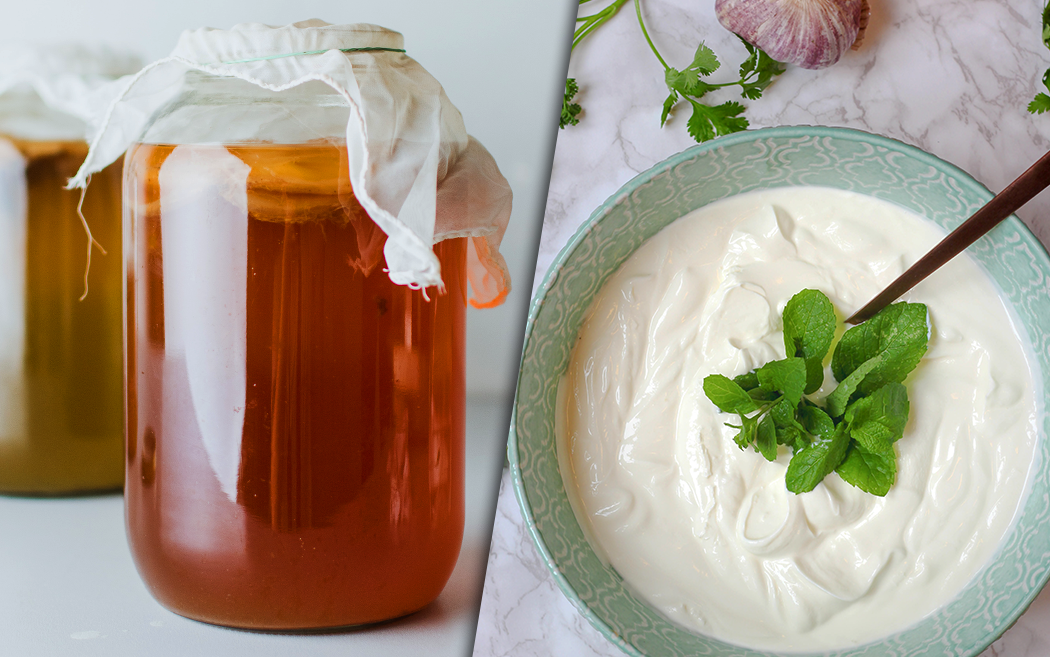What’s the Deal with Prebiotics and Probiotics?

Did you know that at any time there are between 300-500 different types of bacteria living in your gut? That’s right. 300-500 different types of bacteria. Now, that number may sound shocking, but these bacteria actually play a very important role within our digestive system. In fact, everyone’s gut biome is unique. The bacteria living within our stomach and accompanying organs work extremely hard to ensure that our body processes the food and nutrients we consume in a way that is beneficial to our overall health. However, because everyone’s body is different, some people may have too little or too much of an individual bacteria that may cause various gastrointestinal issues. These issues can range in severity but are often treated using prebiotic and probiotic supplements. According to Heathline, prebiotics are substances found in food that essentially feed the bacteria in our gut and probiotics are foods that have live bacteria in them that assist the ones we already have within our digestive system.
Prebiotics/Probiotics are no stranger to the food & beverage industry. They can be found in classic grocery staples such as yogurt and numerous pickled vegetables. However, recently there has been a huge resurgence in this category with the widespread popularity of kombucha, kimchi, kefir, and innovation products.
CPGs
Fermented products have been a growing trend within the food & beverage industry for the past few years. In fact, Food Dive recently reported that this category has risen in popularity during the ongoing pandemic due to their immunity-boosting ingredients. With consumers growing more aware of better-for-you products, it’s no surprise that prebiotic and probiotic products are rising to the occasion. Kombucha, a fan favorite, has solidified its spot on grocery shelves and many new sub-categories have grown in popularity in the past few months.
Recently, brands such as Olipop, Poppi, and Live Beverages have revolutionized the category by introducing products with prebiotics that offer consumers a better-for-you alternative to soda (which are not kombucha-based formulas). Although these brands are not widely-distributed, we foresee this category growing exponentially in the coming year to the same level we now see kombucha.
Not all products are created equal
Although fermented products are loaded with prebiotics and probiotics, which can offer potential health benefits, it is important to note that as this category grows consumers should be conscious of what they are consuming. Recently, on our podcast Beyond the Shelf, we spoke with Lauren Mones of Fermenting Fairy who shared with us the ins and outs of this category. She walked us through how this growing market has changed, and how often many products that tout their prebiotic/probiotic ingredients may also contain high amounts of sugar that many health-minded consumers may not be interested in.
Much like the controversial “organic” and “non-GMO” food-labeling trend, “fermented” has the potential to become a buzzword that brands use to sell products. And, because there is not much regulation on these types of claims, consumers should be aware of the various ways that prebiotics/probiotics can be present in CPGs, and how not all products offer the same benefits.
To learn more about this growing trend, please listen to our full interview with Lauren Mones on the latest episode of Beyond the Shelf.
To stay up-to-date on trends within the food & beverage industry, please follow us on social media: Facebook, Twitter, Instagram, and LinkedIn.
